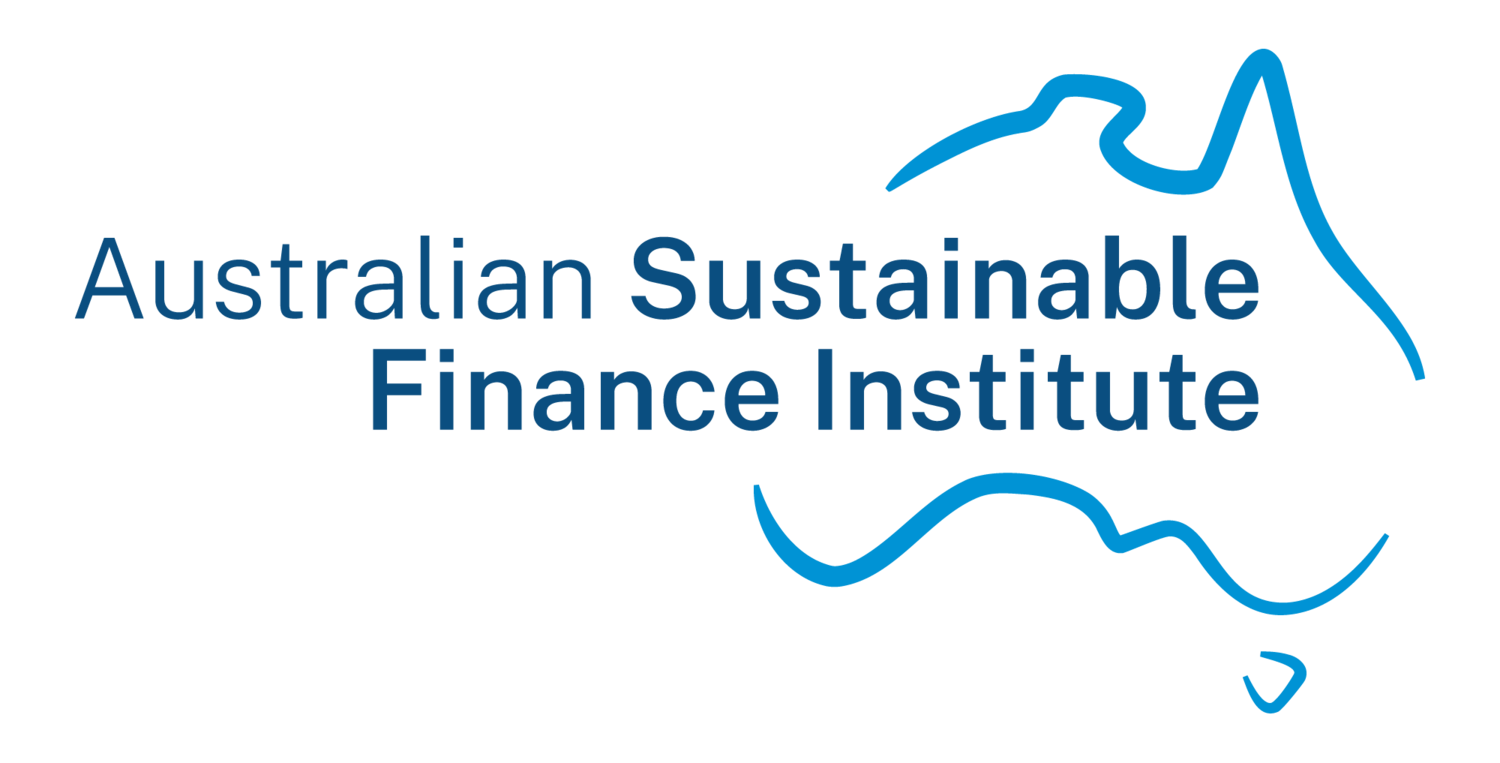The Australian Sustainable Finance Taxonomy
The Australian sustainable finance taxonomy provides a common language for green and transition finance in Australia, supporting the allocation of capital towards activities that enable Australia’s net zero ambitions.
A sustainable finance taxonomy is a classification system identifying economic activities that deliver on key climate and/or other sustainability objectives by reference to specific performance metrics.
The development of an Australian taxonomy for climate change mitigation was a joint initiative between the Australian Government and finance sector, led by the Australian Sustainable Finance Institute. The taxonomy is a key component of the Government’s Sustainable Finance Roadmap. It was informed by broad-based collaboration and extensive public consultation over twenty months, from July 2023 to February 2025.
The Australian taxonomy is available for voluntary use. It supports the credible allocation of capital towards Paris-aligned activities by:
Strengthening investor confidence in low-emissions investment claims
Reducing the risk of greenwashing
Improving the comparability of investment products and sustainability disclosures
During the taxonomy’s initial implementation phase, ASFI will be piloting the taxonomy with a select cohort of financial institutions across a diverse range of use cases. You can read more about taxonomy implementation here.
Australian Taxonomy
Market Implementation Program
ASFI is running a pilot program to test the practical application of the Australian Sustainable Finance Taxonomy. The pilot program participants include major banks, investors and ratings agencies and ASFI is also engaging with state and Commonwealth central financing agencies in the process.
The implementation program explores how the taxonomy can be used to support consistent, credible capital allocation toward climate and sustainability goals.



